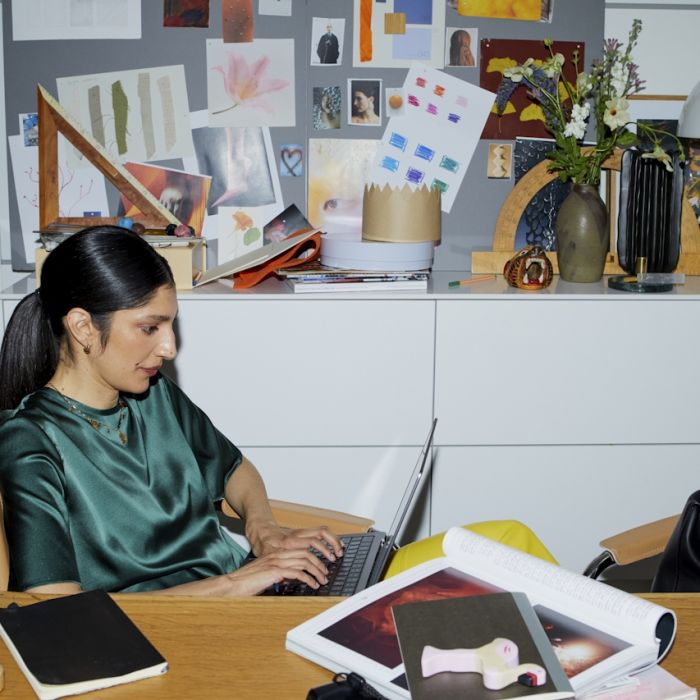Warren Buffet’s ‘Moats’ and What They Mean to the PR Agency Industry
PR firms are going to require new types of ‘moat’ to prosper and scale.
Roger Darashah
Warren Buffet swears by them, while Elon Musk considers them ‘lame’; the concept of moats remain a topic of contention in business. And they are particularly relevant to the PR industry. Or the PR agency industry, I should add.
Earlier this year, Warren Buffett, the chair of Berkshire Hathaway, used the term ‘moat’ to describe barriers he deems essential to prevent imitation that stave off competition. Elon Musk responded that the pace of innovation was the best (only) real defense. This is just the latest episode in a long running debate about building, scaling and protecting a business; and one which is particularly relevant to PR agencies.
Traditionally, PR agency ‘moats’ were based on preferential or proprietary access; staff who held relationships with particular editors, politicians or other decision-makers. Other the long term, such influence could represent a competitive advantage if leveraged on behalf of their clients. I emphasise the long term aspect of this business model. No reputable agency would suggest that such relationships would guarantee a specific result or decision being made, but the capacity to develop relationships with key influencers over time will only benefit a business, in terms of aligning themselves with the right power structures, navigating hierarchies, and averting/mitigating crises.
So the time honoured ‘PR moat’ was, in fact, a person; someone how could ensure preferential access to the key influencer or decision-maker, and around which the firm could differentiate itself. This may appear a flimsy basis on which to found and scale a PR firm, but – if you strip away the mission statements and branding – this is how we’ve done it.
It remains a great local/boutique model, but such PR moats don’t really scale. They can also become hostages to the brilliant people around whose relationships the agency is based. If they leave so does your principle differentiator, if you want them to stay, their demands are going to eventually become irreconcilable with your long term business.
I believe this pure ‘human moat’ model has now run its course in the PR industry. I’ve written about this before – as the decline of the ‘cult of the specialist’ – but the above Buffet/Musk debate got me thinking. In an industry based on relationships, human emotions . . . and the oldest of all human arts, storytelling, how can PR firms differentiate and defend their businesses to scale?
I believe that Elon Musk’s ‘pace of innovation’ comment provides some insights for our sector. Even PR firms with the best people (‘human moats’) are not immune from the impact of peer-to-peer influence on traditional media, the role of social media in influencing public opinion and, even, the judicial process. Conventional ‘linear’ decision-making is being replaced by a multi-stakeholder version with no single or key influencer; firms’ traditional defense strategies are becoming moot.
In our industry, individual expertise will matter; but the corresponding agency moat will be an ability to consistently attract and retain the same. This is crucial as the type of expertise agencies require is changing on a monthly basis. Five years ago, who could have predicted that gamers would possess critical skills for today’s PR firms, or – a decade ago – that an ability to shoot hi-res videos on a mobile phone could set a PR professional (or agency) apart? What strategies and processes are being deployed to attract and retain such an evolving talent mix? How many of these practices could be defined as ‘proprietary’, or unusual at least? The founder and MD of my firm recently took our Bangalore leadership team to the top of the Matterhorn in Switzerland as an acknowledgement of the recent peaks they’ve attained. Proprietary? Maybe, (there were certainly no other sightings of other PR firms on the way to the summit!). Unconventional? Certainly! The message to current and future teams is that we value alternative thinking, and we are looking for candidates to display such qualities. It’s part of a process – next year we’ll need to top the Matterhorn! – and one which, over the long term, will help us access and retain the best candidates more effectively than other firms.
I believe that the moats which will set PR agencies apart will be behavioural, encouraging and acknowledging certain types of thinking, certain attitudes towards client and agency service; an openness towards new platforms and types of media. And most of all, a commitment to storytelling. In an environment which is multi-stakeholder, dynamic and unpredictable, the ability to relate to it and convey specific messages on behalf of clients will be as powerful as any privileged editorial contact.
So, when it comes to PR moats, who is right Warren Buffet or Elon Musk? If an agency is to scale (and not be totally dependent on a few committed professionals), then Buffet’s logic holds true – they need moats to protect themselves and their business. But with the continuing disintermediation of the media, and emergence of ‘alternative’ influencers (many of whom are immune to conventional engagement techniques) traditional moats such privileged relationships are no longer going to be sufficient. The dynamics of today’s influence is too rapid for such ‘human’ moats (relationships) to differentiate a firm over the long term.
I believe the future will be a type of ‘soft moat’; a type of operating system through which firms see the world, relate to their staff, their clients and their environment. Soft moats reflect the way firms consider and treat their staff, they enable firms to adapt quicker than the market to environmental shifts and the dynamics of influence. Soft moats reflect the character of a firm constantly looking outwards – beyond their immediate client and influencer base; such operating systems are difficult to develop, and even harder to maintain. But these ‘soft moats’ could be the most valuable of all.
I’ve just returned from Europe, where I always try to connect with former colleagues and learn something from one part of the world, which I can apply to another. I also spent a lot of time wandering through books shops in Paris and London (I always struggle to carry my suitcase when I return!).
One thing is clear – public relations is taking centre stage, like never before. Whether it is the emergence of so-called ‘fake news’ and how brands can mitigate its impact, or the role of data in shaping a brand’s narrative. But I struggled to find a real conversation about




